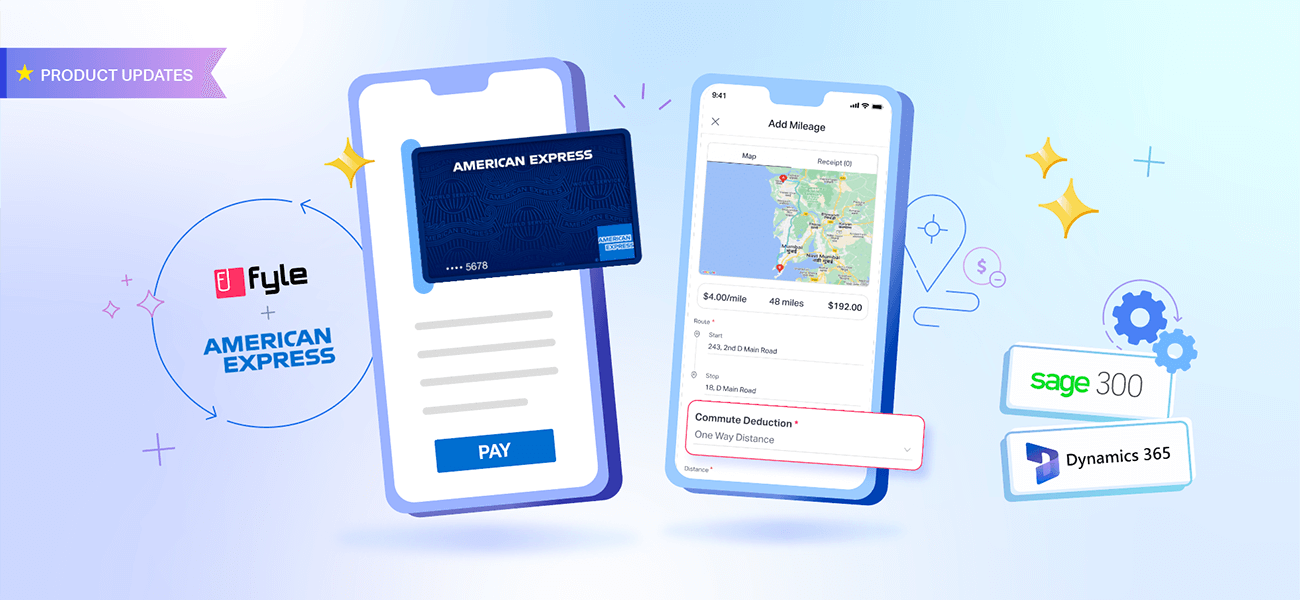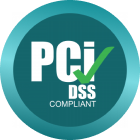Traditionally, expense reports have been used in the context of reimbursements only. Employees collect receipts for all business expenses at the end of the month and compile them for approvals. But what happens when a business expense was already paid for by the business?
In many processes, submitting receipts is necessary even though the expense was already paid for. For users of Fyle, such receipts are marked as ‘non-reimbursable’ expenses. In this article, we explore why and how businesses make use of this feature.
Why submit receipts for non-reimbursable expenses?
Governments and compliance authorities have a clear mandate for companies to show every business spend in their books. And for every expense above a certain amount, the mandate clearly states that evidence of the expense (receipt) should also be produced. This makes it essential for organizations (and hence, employees) to provide receipts for any expense made, whether reimbursable or not.
Fyle integrates with many accounting software and has a ‘non-reimbursable’ option available. This helps finance teams close books accurately as they get to see all expenses and evidences inside their accounting software.
When is an expense already paid for?
Employees use various instruments to make expenses for a business - Cash, cards, etc. These instruments can debit money from a company account or from the employee’s personal account. Any expense made from the business’s bank is what qualifies as a ‘non-reimbursable’ expense.
Some conventional instruments that lead to non-reimbursable expenses are -
- Corporate cards - Spends made on corporate cards are debited directly from the company’s account. It is the most commonly used instrument in the US today.
- Cash advances - Quite often, employees need to make petty cash spends in remote locations. This is mainly seen in developing nations. In such cases, companies give out cash advances to employees to reduce any financial burden on the employee.
- Travel desk - In organizations where travel tickets are handled by an internal travel desk or a third-party travel agency, employees usually end up receiving the tickets and invoices. In these cases, spends are directly debited from the company’s accounts. Here, employees need to submit policy complaint receipts. They also need to ensure the agency’s charges to the company match the actual spend amount.
How can you use Fyle to submit non-reimbursable expenses?
Every expense in Fyle can be configured as ‘reimbursable’ or ‘non-reimbursable.’ The default state is reimbursable.
.png)
Know more about how expense reports can be a breeze with Fyle.










